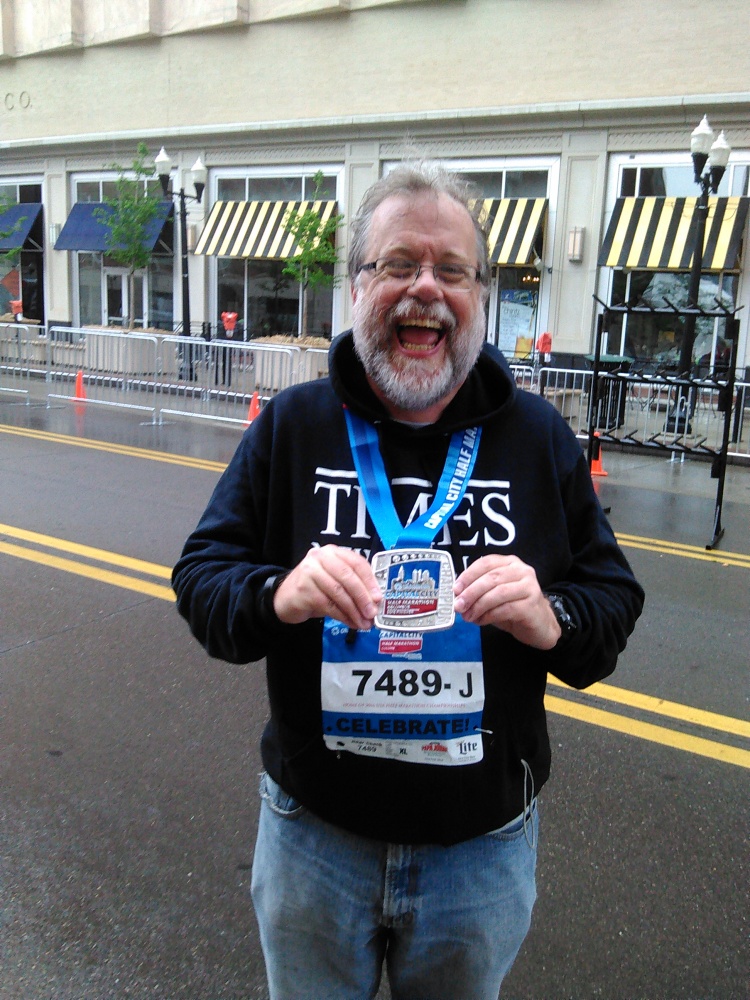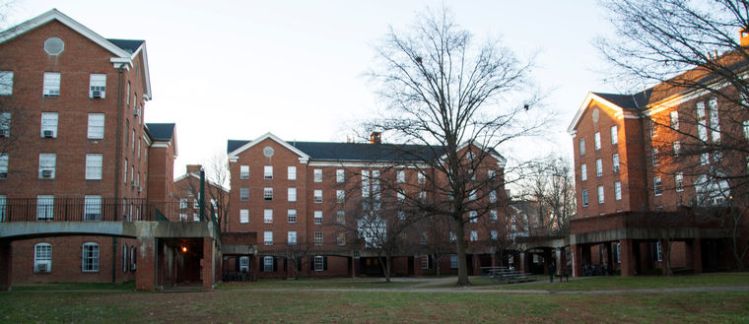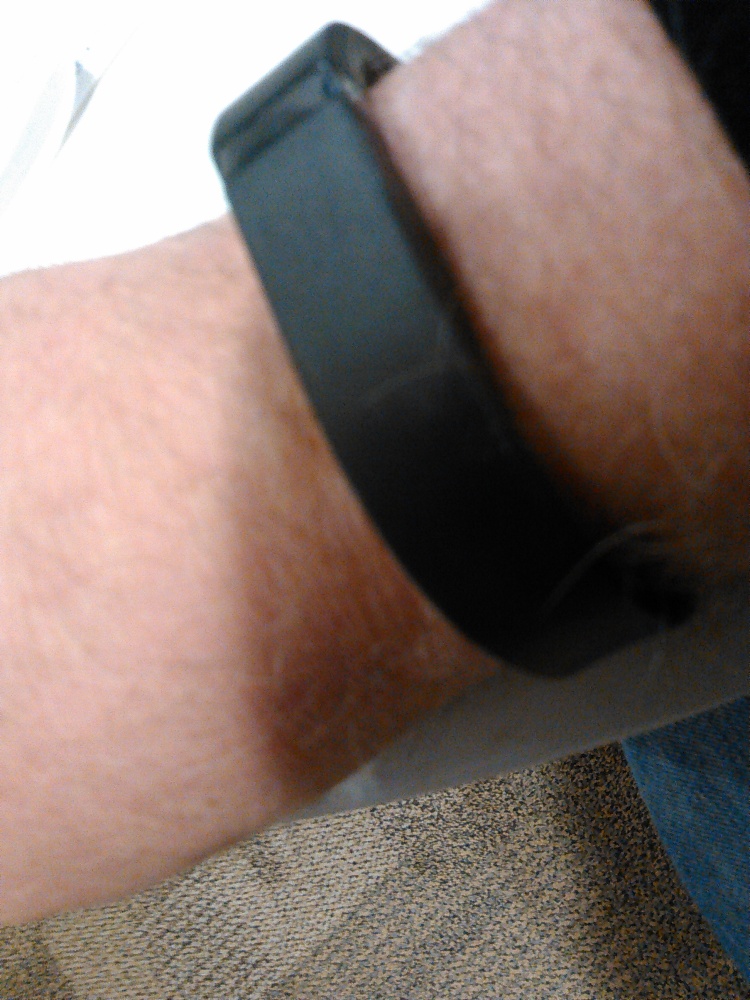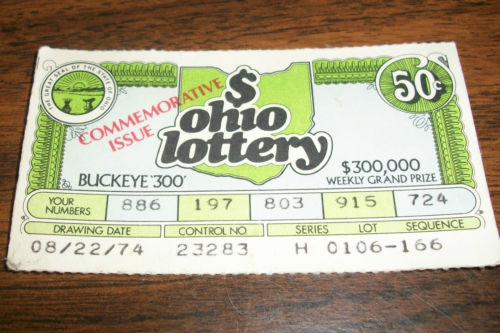My 53rd birthday was Friday, and I honored it by venturing into unfamiliar terrain for me. Before heading to work on Friday, I actually set my DVR to record a sporting event–probably the first and last time this will happen. I set it to record WBNS’ coverage of the Capital City Half Marathon on Saturday morning.
Why?
Because I was one of the people participating in this event. It has been a springtime event here in Columbus since 2004, and I had never acknowledged its existence, except to curse it while it delayed and rerouted buses well into the afternoon. I have been walking more and more in the last two years, often doing it during the early afternoon on weekdays in lieu of eating lunch, and since the weather is mostly better (although, this being Ohio, it is quite erratic at times), I’ve been walking more than I have been riding the bus.
One of the reasons I signed up for the Half Marathon was to mentally prepare for Zappos.com Bay to Breakers in San Francisco, which is two weeks from today. I had such a good time last year that I decided to make it an annual event, both for the trip to San Francisco and for the 7.46-mile journey from The Embarcadero to the Great Highway and all the festivities and celebration that accompanies it. (It’s much more sensible, and less dangerous, than running with the bulls in Pamplona, which has been on my bucket list since I read The Sun Also Rises in high school.)
The two events are quite dissimilar–in distance, in terrain, and in atmosphere. Bay to Breakers’ reputation has been for its party atmosphere, involving costumed and naked runners, massive alcohol consumption, and an after-party which necessitates having fleets of paddywagons and ambulances at the ready. Every year, the organizers have vowed that there would be crackdowns on the open containers, the littering, and the public urination, while at the same time realizing it’s as realistic as issuing an edict banning thunderstorms. Serious runners participate, but the majority of the people who will be in the Bay City’s event on the 15th are there for the revelry.
The Capital City Half Marathon, on the other hand, is quite different. It is an event honored by serious runners worldwide–people come from all 50 states and from outside the USA. I was one of the most bizarrely dressed people to participate. I was in jeans, a black hoodie (The Weather Channel predicted a high of 60 degrees) that read TIMES NEW ROMAN, and gray tennis shoes that looked like they came from Goodwill for $3.50 (which they did).
The Thursday before the race, I went to the Columbus Convention Center (my bad-weather site for walking), weaving my way through the participants and exhibitors at the Health and Fitness Expo to pick up my race packet. It contained my T-shirt, my bib (I proudly wore #7489), and an event guide that was about 90% ads. It reminded me of my trip to Fort Mason in San Francisco last year to pick up the same material, except the Fort Mason location was much bigger, and the salespeople were much more aggressive in pitching their wares (shoes, shirts, Fitbits, energy drinks, etc.).
I knew that I would be banished to Corral J, the furthest back from the starting line at the corner of S. Front and W. Town Sts. The event assigns runners based on anticipated finish times, with the fastest ones being in Corral A, and the release times are staggered. There would be too much of a free-for-all if everyone exited at once, and walkers and slower runners would not fare well in the stampede. (Bay to Breakers has a designated “Walkers’ Corral,” Corral G.)
At the Half Marathon, Corral J was over three blocks south of the starting line, and the loudspeakers did not carry sound well enough to hear what was happening at the front. The only way we knew when corrals were released was when we moved forward toward the starting line after corrals in front of us were off and running.

The race is officially under way, and those of us in Corral J are still a good three blocks south of the starting line.
Per the results emailed to me late yesterday afternoon, I crossed under the starting banner at 8:29:07 a.m., almost a half hour after the first starting gun. When you first begin, you think that the walking is a cinch–one foot in front of the other, repeat as necessary. Nothing simpler! The previous week, I did my first Nelsonville-to-Athens walk of this calendar year, on the first weekend, which is less than a mile shorter of the Half Marathon, so I passed under the banner, stepped on the rubber pad, and then the chip began clocking me. (The timing chip was on the back of the paper bib bearing my bib number and corral assignment, and it activated the timer when I crossed the starting line, and timing would stop when I crossed the finish line. This article explains it in more detail.)

The course of the Capital City Half Marathon. The green runner silhouette represents the starting line.
The first two miles or so were familiar terrain–part of the course I walk every lunchtime up Front Street. It was not under the third mile that we first saw “refueling stations,” places where people (often schools, informal running clubs, or church groups) were giving out free cups of water and Gatorade.
I pleasantly surprised myself when I was keeping abreast of my time. I started the stopwatch of my trusty Casio Super Illuminator as soon as I stepped onto the rubber pad, and did a small double-take when it neared the one-hour mark. Almost exactly as I reached one hour, I passed the four-mile mark, while I was on the Olentangy Freeway crossing Woody Hayes Dr.
The eastbound leg down E. Lane Ave. was familiar turf to me, especially as we came closer to High St. (When I visited my mother in Columbus while in high school, I mentioned to her that one of my friends lived on E. Lane Ave. near campus, and she told me that it was an area “with all these cruddy bars and porno theaters.” This may have been in the waning years of The World Theater at 2159 N. High St. It later became the Roxy, where I would see The Song Remains the Same (1976). Hearing about all the cruddy bars and porno theaters made me want to visit E. Lane Ave. all the more.)
The southward stretch of High St. was familiar turf. I frequently spend hours on end at the McDonald’s, and often eat at either Subway or Qdoba in the same block, although I don’t log as many consecutive hours anywhere as I did at the Subway in Cincinnati in the early to mid-’90s.) I even felt a little rebellious running in the middle of High St. on a Saturday morning.
Friends and family stood at nearly every block holding up signs while cheering on family members participating. The onlookers thinned by the time we were well into the race–indeed, I suspect many of the faster runners had already completed the race. No one was there for me, although I did hear “Go, Times New Roman!” from two or three people.
The race made the rubble that had been the Northside branch of the Columbus Metropolitan Library seem beautiful, since it was at Mile 6, which was pretty much the halfway point of the race. (The real figure is 6.55, half of 13.1, but there was no marker for that.) As long-time readers of this blog will remember, my memories of the year I lived in Weinland Park are not fond ones, but one sign of the transformation was the remodeled Kroger, which replaced the much derided Kroghetto. (I did not recognize the produce section of the new Kroger without a cloud of gnats hovering above it.)
When we reached Mile 8, turning onto S. 4th St., I again checked my stopwatch. I was amazed that I was still maintaining a 4 mph pace. I was a little sore, but I was breathing well and my body was sending me no signals to slow down or (God forbid!) to stop.
The route became more intricate, with turns occurring every few blocks, instead of miles, once it came through German Village. Columbus is not hilly, in the way San Francisco or Cincinnati is, but I welcomed any downward incline, no matter how slight. As we were going south on S. 3rd St., we heard the bells of St. Mary Catholic Church chiming 11 a.m. (a few minutes early). I said to the woman next to me, “Send not for whom the bell tolls…” and she said, “Don’t say that! It won’t toll for us until we cross the finish line.” I felt emboldened when we came into the double digits–the marker for Mile 10. For anyone in a half marathon, whether running, walking, or participating in a wheelchair, that is like watching all the zeroes roll over on a car’s odometer. Only 2.1 miles to go, and that is the longest part of the race.
I began to think there may be an end to this madness when I turned off of Deshler Ave. and began going north on S. High St. The sight of the skyline buoyed my mood, and it cancelled any negative feelings I experienced as a light rain began to fall. None of had the spring in the step that we had at 8:30, and some had dropped out at the five-kilometer mark, but we received much encouragement as we kept going.
I crossed the line at 11:52:57 a.m., and my official time was 3:23:51. I was very pleasantly surprised to see that I had finished in less than 3½ hours. Indeed, I was worried that I could not finish in four hours. I knew I was a little under 4 mph when I hit the 12-mile mark, but I knew that, barring a fall or the aneurysm deciding at that minute to burst, I would be finishing before four hours had elapsed. (The officials would begin closing up shop after four hours.) According to my Fitbit, I reached 10 thousand steps at 9:21 a.m., when I was 72 minutes into the event.
Once I came home, I barely moved the rest of the afternoon. As far as my breathing was concerned, I was feeling fine. The many Friday evening yoga classes at The Dharma House in Worthington are showing results, and this was after my thinking that my breathing didn’t need improvement, since I have never been a smoker and have never had a chronic lung condition such as asthma.
I felt more pain in my legs after this event than after my three previous walks from Nelsonville to Athens. The last one, which I did last weekend, was longer than the previous two. I began at Rocky Boots, instead of at Robbins Crossing on the Hocking College campus, which added over a mile to the route. (Laurie, my significant other–more about her in an entry in the near future–drove me down to Nelsonville, instead of my taking the GoBus to the Hocking College campus. She drove ahead to Athens and met me there. This walk, which was 12.8 miles, took over four hours.) I think the reason why I was in so much pain this time was because I had maintained a faster pace than normal–keeping a pace of over four miles an hour over 13 miles is not easy, whereas with the Adena-Hockhocking Bike Path, I walked at a leisurely pace, stopping to enjoy the scenery, check out train trestles and bodies of water that were new to me, and pay my respects to the goats at the fence of the Good Earth Farm.
Indeed, I was not out of energy by the time I crossed the line on S. High St. by what had been Lazarus Department Stores. Only chafing prevented me from going another mile. During Sunday, walking has been more painful, but that is because the callus layer and the dead skin on the soles of my feet came off while I was in the shower, and has exposed two or three spots of raw skin, and putting any weight on them is painful. I’ve experienced this many times before, and will again, so I still plan to walk at lunchtime, and I will proudly display my finishers’ medal to my co-workers (a very heavy piece of bling) and wear my T-shirt.
And I’m already checking the Nelsonville weather forecast to see if the weather will make a walk next weekend feasible…

Those of us who walked the whole 13.1 miles all looked like Napoleon’s army retreating from Moscow by the time we crossed the line, but the medal and the sight of a camera rejuvenated us, if only for a moment.












